Hardie board siding is a premier material favored by many leading construction companies. However, like most high-end products, it comes with a higher price tag than alternative materials. So is it worth paying extra for products from James Hardie, or are you just as well-off with a cheaper alternative like vinyl siding?
Today we’ll cover what makes Hardie board siding different, what you can expect to pay, and whether it’s the best choice for homes in the Pacific Northwest.
What is Hardie Board Siding?
Hardie board siding, or HardiPlank siding, is manufactured by James Hardie, one of the largest construction manufacturers in the U.S. It’s a type of fiber cement siding and uses a proprietary formula to provide longer life and better protection for homes than alternatives like vinyl siding.
It’s been given the Good Housekeeping Seal, reflecting the excellent customer satisfaction rates when you choose this brand.
Hardie siding combines cellulose fibers and wood pulp with cement. This gives it remarkable longevity, lasting for up to 50 years. It’s fire-resistant, very low-maintenance, and easy to clean using a garden hose, making Hardie board siding the go-to option for many elite contractors like KVN Construction.
One thing that puts some homeowners off choosing a James Hardie siding replacement is the price. It’s steeper than vinyl siding – top-quality materials might cost up to $9 per square foot, although the price depends on your contractor.
By comparison, vinyl is often around $5-6 per square foot. However, when you consider the increased lifespan and lower maintenance needs of James Hardie products, calculating the price becomes more complex.
Remember that if you choose a product with a 25-year lifespan vs a product with a 50-year lifespan, you’ll be paying for the former twice over in that timeframe. In addition, lower-quality materials will require repairs more often.
Why Choose Fiber Cement Siding?
Fiber cement board siding is one of the most popular choices for contractors. This is because it’s easy to maintain and repair, and contractors can often offer longer warranties than when using materials like cedar or vinyl siding.
So what makes fiber cement siding better, and why is Hardie Plank considered superior to standard products?
Fiber Cement vs. Wood Siding
A significant advantage of fiber cement siding over wood siding is that wood is more susceptible to rot. In states like Washington and Oregon, this is a major concern because the wet season is so intense. Over years, heavy rainfall can allow wood rot to set in, which will cause huge damage to your home if left unchecked.
Cedar shingles aren’t fire-resistant, which is something you should always consider when choosing a product. Fire resistance can save you a fortune in repairs if the worst should happen, and having properly installed Hardie Plank protecting your home can make it much easier to make an insurance claim.
Cedar siding is often preferred because it’s extremely attractive. However, this siding material is relatively costly to install and high maintenance. It’s also more vulnerable to damage from pests than fiber cement siding.
Hardie board also comes in a wide range of decorative options including a wood-style effect, which can give your home the same eye-catching curb appeal as real wood without being vulnerable to damage.
Fiber Cement vs. Vinyl Siding
Vinyl siding is a popular, affordable choice. Installation is easy and unlike wood, it won’t suffer from rot, which makes it a great budget option for homes in the Pacific Northwest. However, it’s more vulnerable in the summer, when higher temperatures and direct sunlight can cause the vinyl to melt slightly, compromising the protection it offers you.
Vinyl is also far less resilient to impact damage than fiber cement. The guaranteed durability of Hardie siding means that hazards like falling branches will have less impact on your home exterior – vinyl siding won’t stand up against heavy impacts.
This makes Hardie siding a better choice for protecting your home in the long term.
What Makes HardiPlank Siding Different from Other Fiber Cement Siding?
So why choose James Hardie over other fiber cement manufacturers? Here’s what makes the difference for most homeowners.
Materials
HardiPlank siding uses real wood pulp and cellulose to strengthen the cement and increase its longevity. This formula has proven so effective that James Hardie siding installation is the go-to choice for most top contractors.
It makes installation easier as you’re working with top-quality materials, while contractors can also offer their customers longer warranties.
Durability
James Hardie fiber cement siding can help your home stand firm against the elements for up to 50 years. It resists extreme temperature changes and moisture penetration, meaning that it requires little maintenance even compared to vinyl siding. Installation is typically straightforward if performed by a top-quality siding contractor like KVN Construction.
It also resists pest infestation, making it a much sturdier option than wood. Pests like termites can wreak havoc on your home and maintenance costs can be huge if you need an entire wall replaced due to termites eating the wood. This can even threaten the structural integrity of your home.
Warranty
The best contractors work directly with James Hardie to offer longer warranties after installation. You can get a prorated warranty of up to 30 years when using superior products like Hardie board siding – this comes with insurance benefits as well as offering peace of mind.
Climate-Specific
James Hardie is the only manufacturer of its caliber to offer bespoke solutions for different climates. The products used by contractors in the Pacific Northwest are made of Portland cement and local types of wood pulp that are designed to cope with the unique climate and protect your home exterior against the elements.
Sustainability
The manufacturer is committed to reducing the environmental impact of fiber cement by combining it with natural and recycled materials. It also sets up its manufacturing plants locally to reduce transportation costs (it has 10 plants in the Pacific NW alone), meaning that the environmental impact compared to other types of fiber cement is very low.
The longevity of HardiPlank siding also means that it needs replacing much less frequently. This reduces the need for replacements – these aren’t just costly to the homeowner but to the environment, as more materials need to be used.
Value for Money
The extremely long life and low maintenance costs of James Hardie fiber cement siding mean that homeowners get great value for money from these products. The initial cost is offset by the minimal need for repairs or cleaning – it’s easy to remove dirt with a hose and you typically won’t need a professional contractor to clean the planks effectively.
Top-quality materials increase the overall curb appeal of your home and can also substantially increase the resale value of your property compared to vinyl siding and cheaper options, meaning that you get a return on your investment if you decide to sell your home. This makes the overall cost relatively cheap compared to other materials.
Types of James Hardie Fiber Cement Siding
There are several styles you can choose for your new siding. Here are the top options offered by KVN Construction.
HardiePlank Lap
This kind of HardiPlank siding is the manufacturer’s top-selling product. It uses fiber cement planks and comes in a variety of styles and can mimic the appearance of cedar or other gorgeous siding options.
HardiePanel Vertical
This type of fiber cement siding is often preferred for its rustic look. Professional installation is affordable and it comes in several styles, from Cedarmill to Stucco.
HardieShingle
Hardie shingles are less common than the board style, but help your home stand out with their eye-catching design. They’re easy to install for a professional contractor and maintenance tends to be fairly cheap compared to other
James Hardie Colorplus
This type comes pre-painted in a variety of gorgeous tones. It’s pre-finished for additional durability and water resistance.
How Much Does James Hardie Siding Cost?
The base cost of having a Hardie board siding product installed is often around $9 for the materials. This is more expensive than it is to install a vinyl siding option, but it will last for significantly longer. You’ll also spend a lot less on repairs in the long run.
This makes the calculation more complicated – you should view the installation as a long-term investment in protecting your home. Financing options are typically available from high-quality contractors like KVN that specialize in Hardie board.
Other siding materials like cedar or vinyl also typically come with shorter warranties than Hardie board. The best contractors offer long warranties that cover potential defects in the product – you might only discover these after a few years, but it means that you have to start again when you should have been enjoying long-term protection without hassle.
The best way to get your James Hardie siding product installed at a fair price is to work with a specialist contractor. So how to choose a provider?
Who Should Install Hardie Board Siding?
In the Pacific Northwest, you should only have Hardie board siding material installed by a James Hardie Elite Preferred contractor. This is the highest level of approval from the manufacturer available in this area. So what does it mean?
It means that companies like KVN are trained by experts and trusted by the manufacturer to install their products to a high standard, meaning that customers benefit from:
• Low maintenance costs
• Excellent insulation
• Long-lasting protection
• A gorgeous home exterior
The good name of Hardie board is at stake, so the manufacturer is determined that its product should be installed properly by trained professionals. It’s not easy to become an Elite Preferred contractor, but it’s the only type of business you should choose to install your new siding.
Does this make it more expensive? Labor costs for Elite Preferred contractors are likely to be lower in the long run than if you choose an average construction firm.
This is because it’s so much less likely that they’ll need to come back and conduct repairs – having a product installed right the first time is always so important! This is the difference that contractors like KVN can make.
Why Hardie Board Siding is Perfect for the Pacific Northwest
Fiber cement siding is generally a great choice for your home. However, Hardie siding has an edge over the competition in the Pacific Northwest because it’s made from materials chosen specifically for this climate. Here’s how it works.
Weather-Resistant
From perishing cold to unexpected heatwaves, days of torrential rain to bright summer sunshine, Hardie fiber cement siding can tolerate all weather conditions. Wood tends to rot and warp in extreme temperatures or after heavy rain, while vinyl can be damaged by bright sunlight.
Repels Pests
The product is insect-resistant, so you won’t have to spend money repairing termite damage or discover that carpenter ants have moved in. It’s also woodpecker-resistant – we love our flora and fauna, but we don’t want our house walls to attract woodpeckers or suffer damage from them!
Great Insulator
It also helps you control heat levels in your home by offering excellent insulation, especially compared to vinyl. This can drive down energy bills and help you make further savings.
Final Verdict
So is James Hardie siding worth installing on your property? The answer’s yes – as long as you’re working with a top-quality Elite Preferred contractor like KVN. This means you can rest assured that your home is protected by the very best.
Subscribe to KVN Construction's Blog

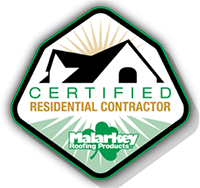
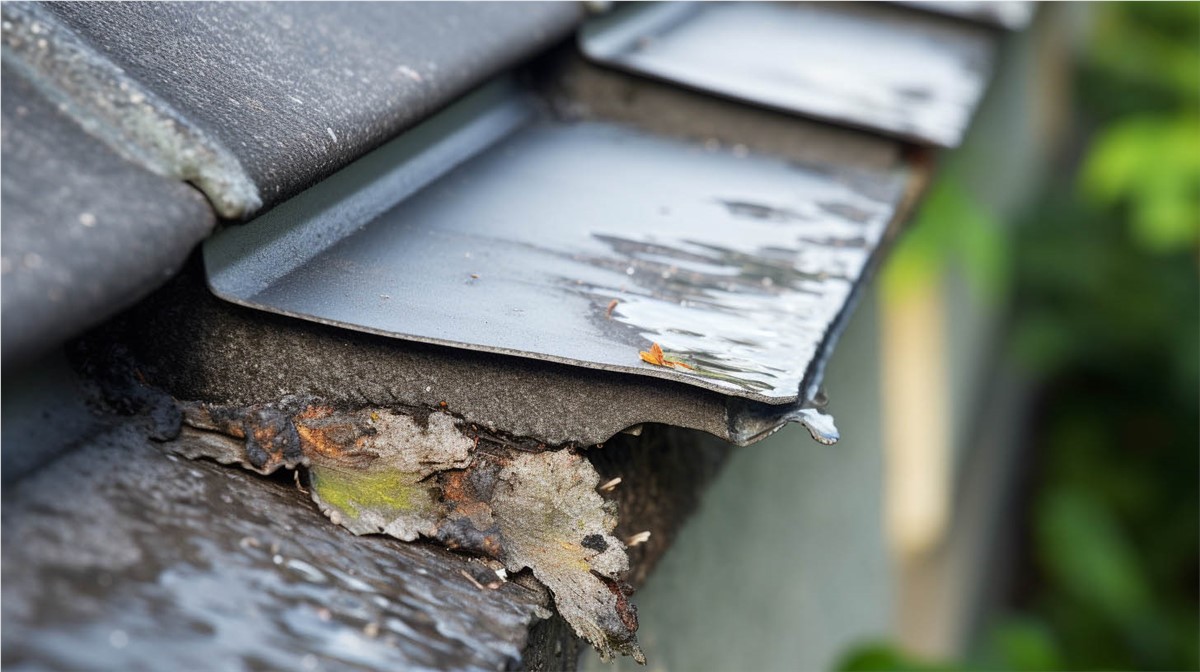
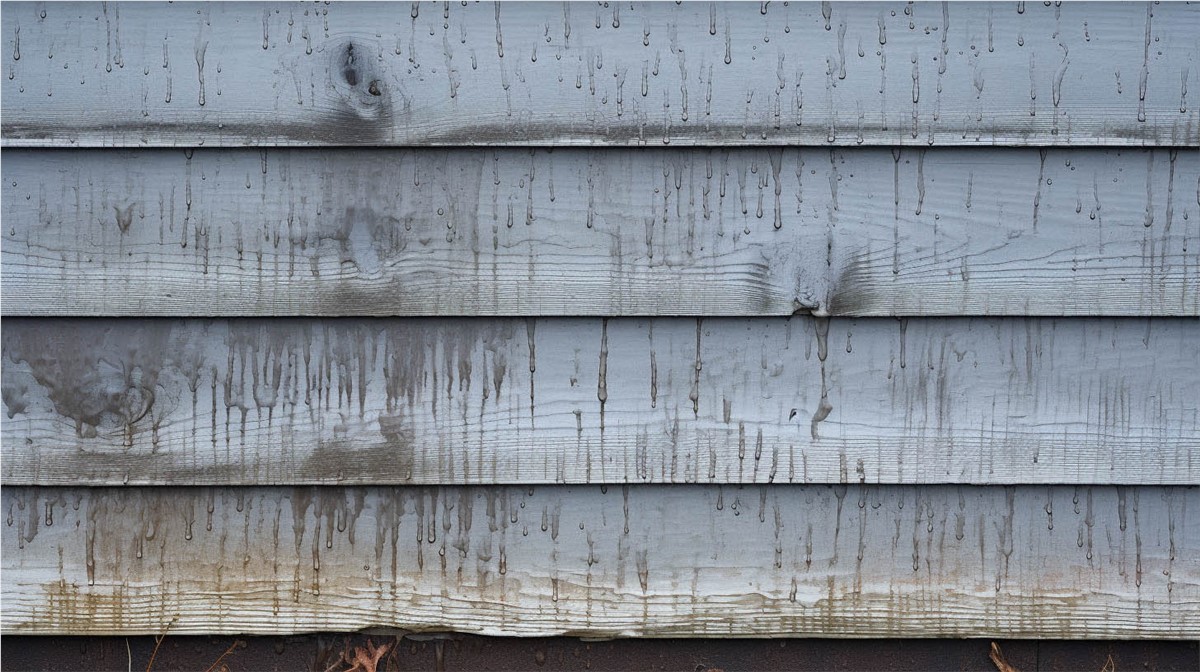
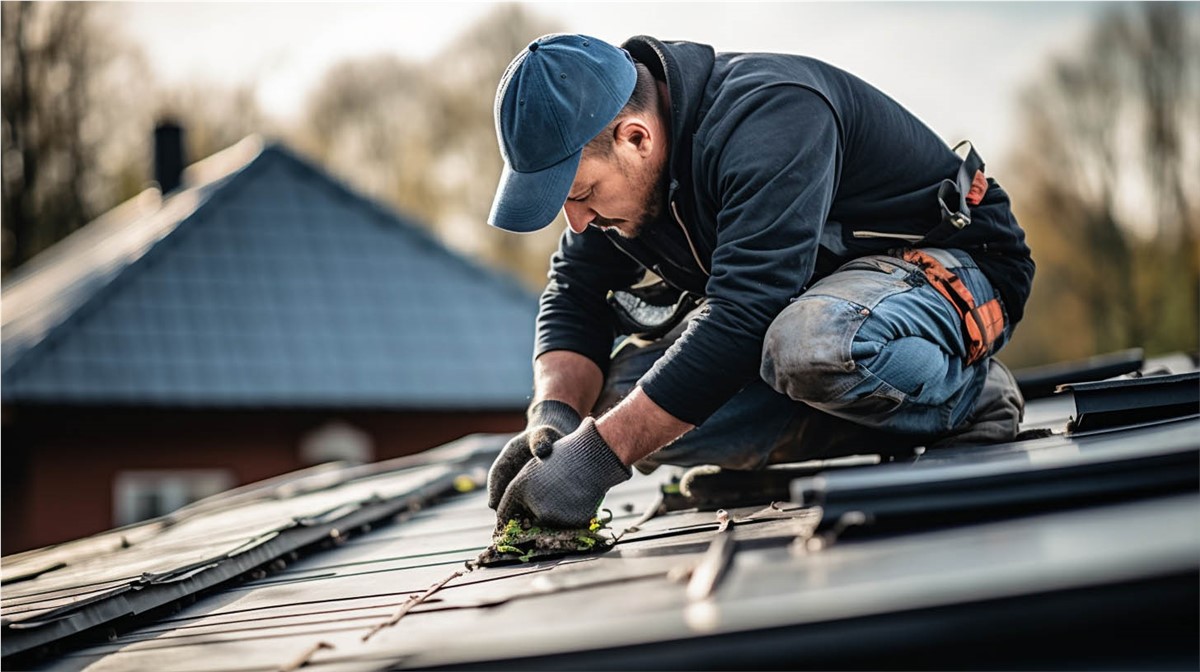

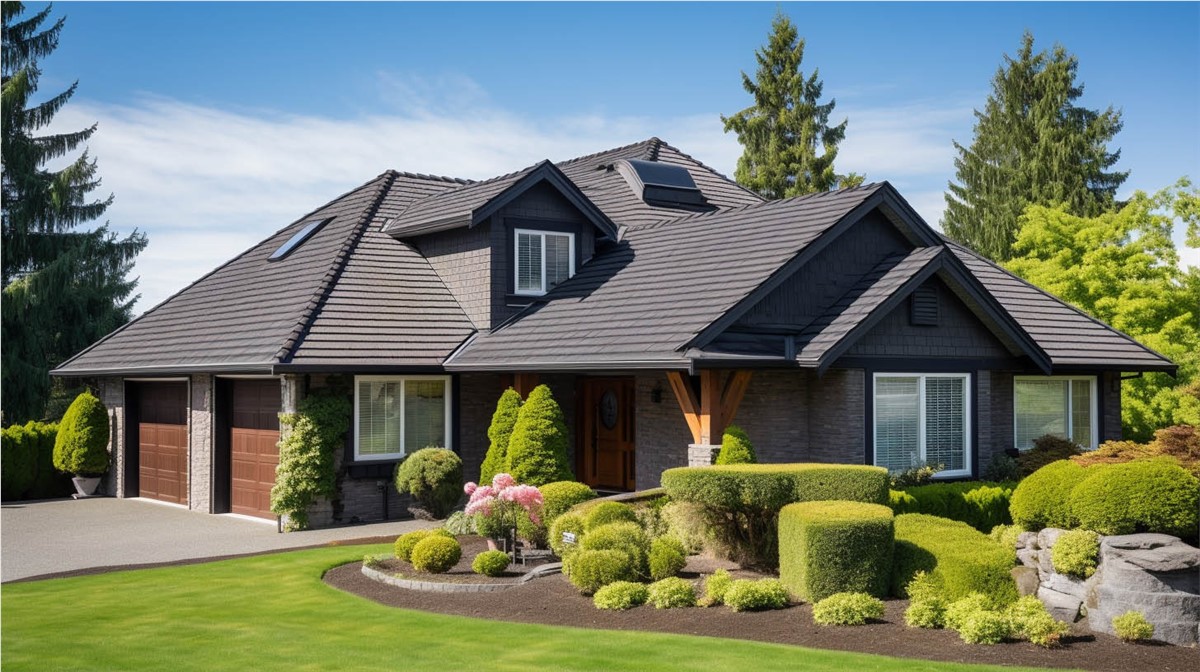

Comments